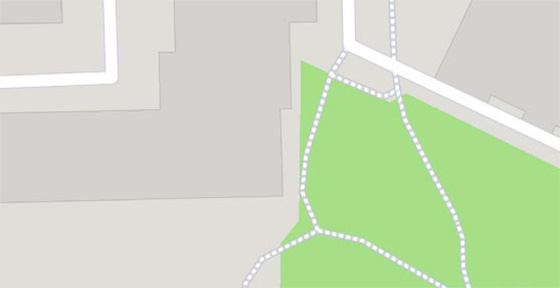The monastery was founded in 1560, and its creation was associated with the Portuguese viceroy of India D. João de Castro and his family. The nobleman had a dream to put a Christian church there. From 1910, the Monastery in Sintra is recognized as a National Monument.
The main intention of the builders was to perfectly fit in and harmonize the monastery with nature. At the very beginning, the monks lived in small cells carved out of rock, and the whole complex consists mainly of small spaces throughout the parish. The monastery is distinguished by extreme poverty of construction and is also known as the "cork monastery" due to the wide use of cork in the construction, protection and decoration of the object.
The Capuchin Friars Minor Monastery remains part of the Sintra Cultural Landscape, which has been on the UNESCO World Heritage List since 1995. The ascetic Franciscan monastery was built so as to have a minimal impact on the natural environment, and its simplified design was in opposition to the wealth and size of Sintra at that time.
Attractions inside




